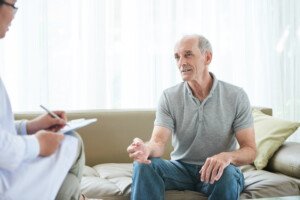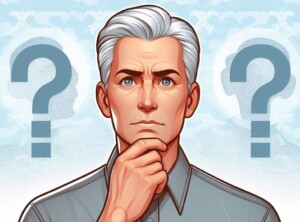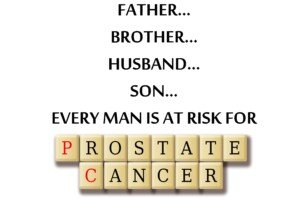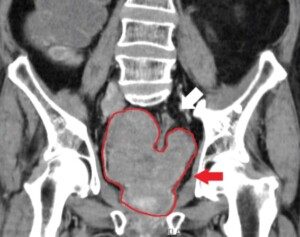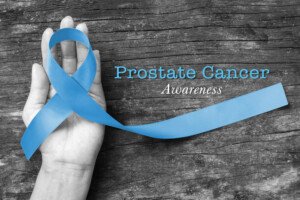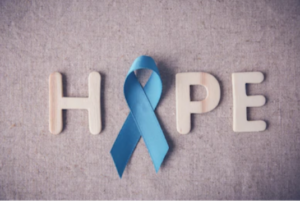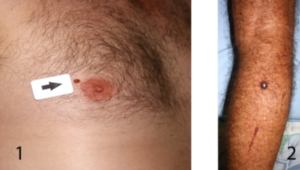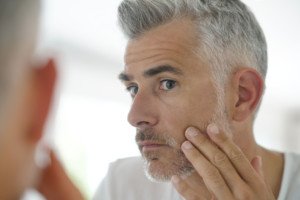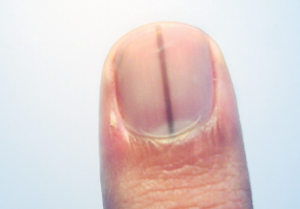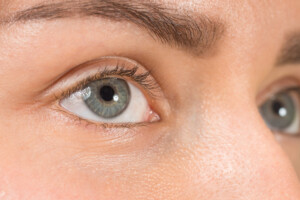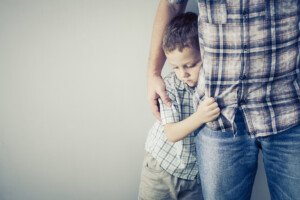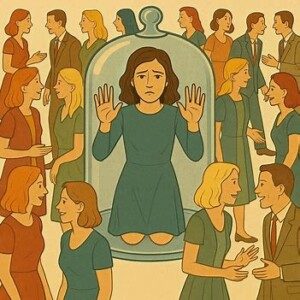
Social isolation can harm your health. But what if you train like a warrior?
Can a strong healthy body oppose social isolation’s effect on health?
A study by Cornwell and Waite in Journal of Aging & Health (2012) found that socially isolated older adults were much more likely to rate their health as poor.
Hodge et al. reported in BMC Geriatrics (2021) that Australians over 70 who lacked social connections had a 66% higher risk of developing heart disease within a few years.
Fujita and colleagues’ paper in Frontiers in Public Health (2024) explained that social isolation — even among people who didn’t live alone — doubled the risk of early death.
Association vs. Causation
Well, you might be supposing that those in poor health just aren’t as likely to be out and about having a good time with others — especially since many social environments require energy or some form of involvement for which it could be very uncomfortable for someone with a weak body.
Even a game of bridge, sitting in one spot in a hard chair for prolonged periods, could be taxing on a frail body.
So while isolation can harm health, poor health can also lead to isolation.
A major meta-analysis by Holt-Lunstad in PLoS Medicine (2010) found that people with weaker social ties had a higher risk of early death — but the authors noted that part of this connection could be explained by pre-existing health problems and lifestyle factors.
People already struggling physically would have less energy to get into the community to socialize.
Keep in mind they’re also less likely to drive unless absolutely necessary.
A paper by Lyu in JAMA Network Open (2024) showed that changes in isolation predicted later declines in health, but also that those who became sick were more likely to become isolated.
Smith et al. in Annals of Behavioral Medicine (2024) found that social isolation and inactivity reinforce each other over time.
Think of this as a never-ending loop or rancid cycle with no clear beginning.
Depression and chronic illness often come first, say papers in Journal of Affective Disorders (Zhu, 2024) and JMIR Public Health (Guo, 2023).
Healthy and Fit First – but Lifelong Social Isolation
Any fitness enthusiast has heard of that ‘ol saying, “You can’t out-train poor nutrition.”
But can you out-train social isolation?
Another intriguing question is what if the person, who’s isolated, doesn’t feel lonely or crave human companionship?
Seems likely that the person who’s lonely (which is entirely different from being alone) would be more prone to sickness, rather than the individual who’s content being alone.
Yet who’d actually be content with social isolation?
A person can be socially isolated and still regularly be around people, namely, at the workplace.
They don’t necessarily live in the mountains, either.
They may even reside in a large bustling city – having regular human contact that’s job or service related – but having an absent social life or no inner circle.
And they may be fine with this, feeling that this lifestyle comes naturally to them — while trying to cultivate friendships brings on mental exhaustion or feels draining with no return on investment.
This description is far more likely to apply to someone on the Autism Spectrum than one who is neurotypical.
As this individual gets older, the inner circle that’s comprised of immediate family members will get smaller, e.g., losing parents to old age.
This individual has never married and has no kids. They are the textbook case of someone living with social isolation.
But as mentioned, they’re content with that; finding more purpose and meaning in their hobbies and passions, and interacting with people only when necessary — or incidentally such as minor chitchat while waiting in line.
Their mental health is in a much better state than someone’s who’s isolated for other reasons (which could very well be medical related) and craves friendships.
Whether autistic or neurotypical, that person can help guard their body, like a buffer, from premature death and chronic illness by working out like a warrior.
Ejiri et al. in Frontiers in Public Health (2024) found that older adults who were socially isolated and did not exercise had a much higher risk of early death, while those who were isolated but exercised regularly did not show a significantly increased mortality risk.
A study of European middle-age and older adults by Smith et al. (BMC Public Health, 2021) found that people with high social isolation were more likely to be physically inactive, which contributed to worse health outcomes.
A Strong Back Will Support Everything You Do in Life
I’m socially isolated; I have no inner circle, no friends – I am autistic.
- I also have a bullet proof back from heavy deadlifting and strong AF legs from my grueling leg days.
- I use a treadmill desk to reduce sitting time.
- For the most part, I eat healthfully.
- I keep my brain very active.
- I don’t smoke, drink, do drugs or vape.
- My weight is normal.
This healthy lifestyle has to count for something!
According to studies, while exercise doesn’t completely remove the risks associated with being socially isolated, it appears to act as a protective factor.
I’d like to think training hard can nullify the adverse effects of chronic disconnection from human relationships.
When I compare my physical abilities to women half my age, including those I see regularly at the gym, the difference is striking.
Decades of intense training have paid off very well. At 62 I have no problems shoveling snow or loading small pieces of furniture into my car, running up and down staircases and quickly getting up from the floor.
My blood pressure is low; I have no aches and pains; I don’t need naps; and boy can I pull weeds!
I do attend autistic social events from time to time, hoping to meet an autistic man with whom I can have a relationship. I’m not a robot.
I’m just saying that, at least in my case, I have certainly out-trained the deleterious effects of the so-called social isolation!






